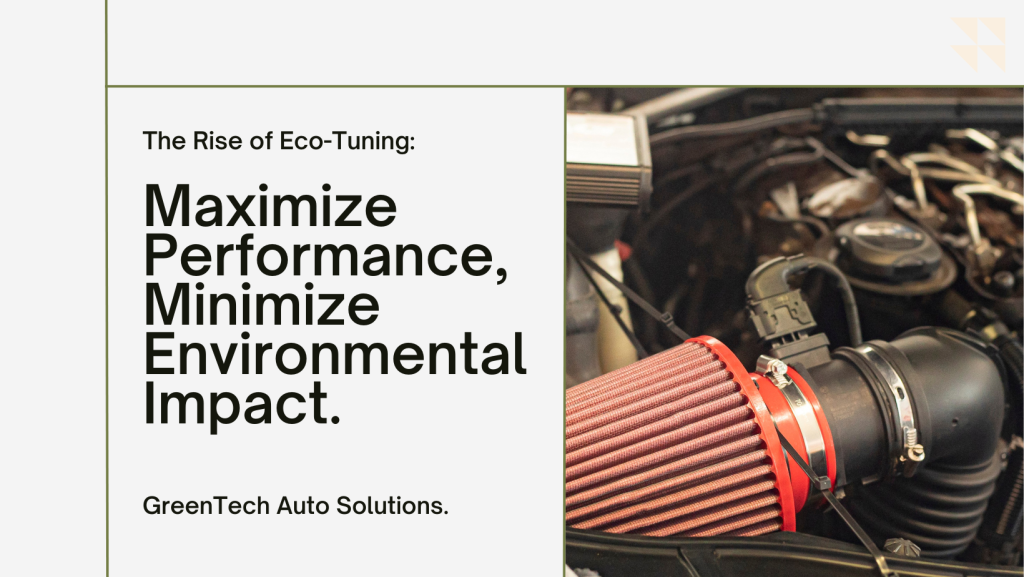Eco-tuning is the new philosophy that lovers of car tuning are adopting in this era of growing environmental consciousness. This new trend aims to strike a balance between power and sustainability by optimizing vehicle performance and reducing carbon footprint.
Fundamentally, eco-tuning is about maximizing engine economy to cut emissions and fuel use without compromising performance. To obtain the best combustion and power production, this may involve adjusting engine settings such air-fuel ratios, ignition timing, and throttle mapping. Eco-tuners can maximize performance while reducing the amount of harmful pollutants discharged into the atmosphere by optimizing efficiency.
Engine remapping, which involves reprogramming the engine control unit (ECU) to maximize performance and efficiency, is one of the primary technologies advancing the eco-tuning movement. Tuners can adjust engine performance to fit particular driving situations, such as spirited driving on the open road or city commuting, by modifying the ECU’s software. As a result, the engine is more responsive and fuel-efficient, providing thrilling driving while having a minimal negative influence on the environment.
Moreover, eco-tuning is a comprehensive method of car modification that takes into account each component’s effect on the environment. Using aerodynamic improvements and lightweight materials, eco-tuners look for ways to lower a car’s carbon footprint without sacrificing economy or performance.
In order to maximize performance and reduce environmental effect, this can involve modifications like hybrid powertrain conversions, regenerative braking systems, and low-rolling-resistance tires.
In the end, eco-tuning is a paradigm shift in the automotive tuning industry, forcing fans to reconsider how they modify their vehicles in a society that is becoming more environmentally concerned. Eco-tuners are demonstrating that environmental responsibility and performance can coexist by adopting cutting-edge technologies and sustainable practices, opening the door to a more environmentally friendly and sustainable automotive future.

